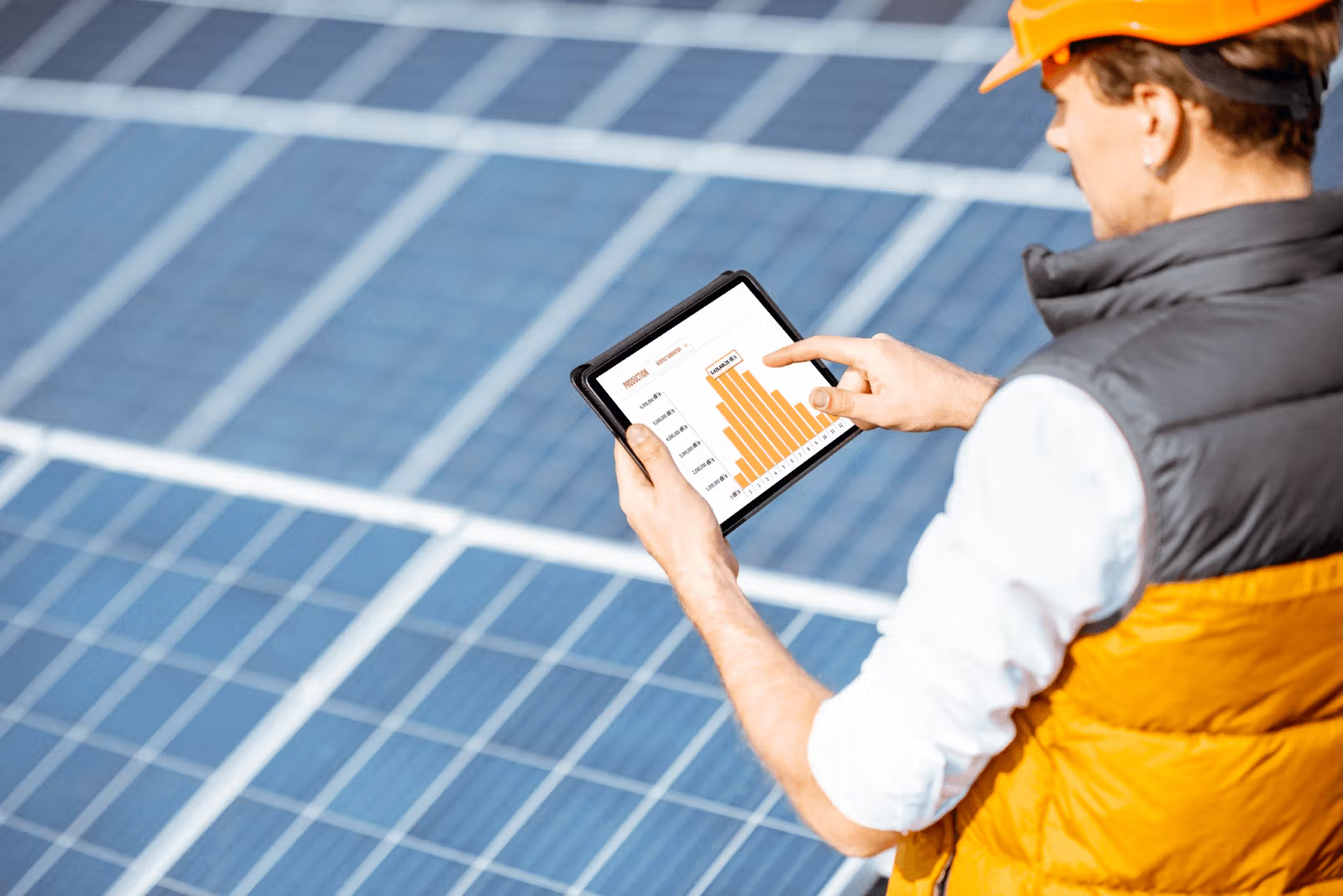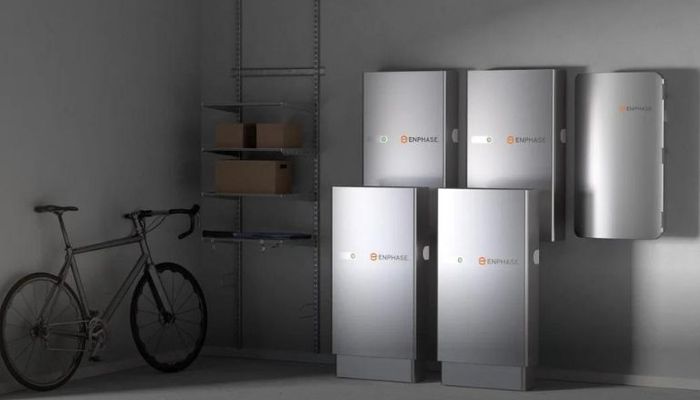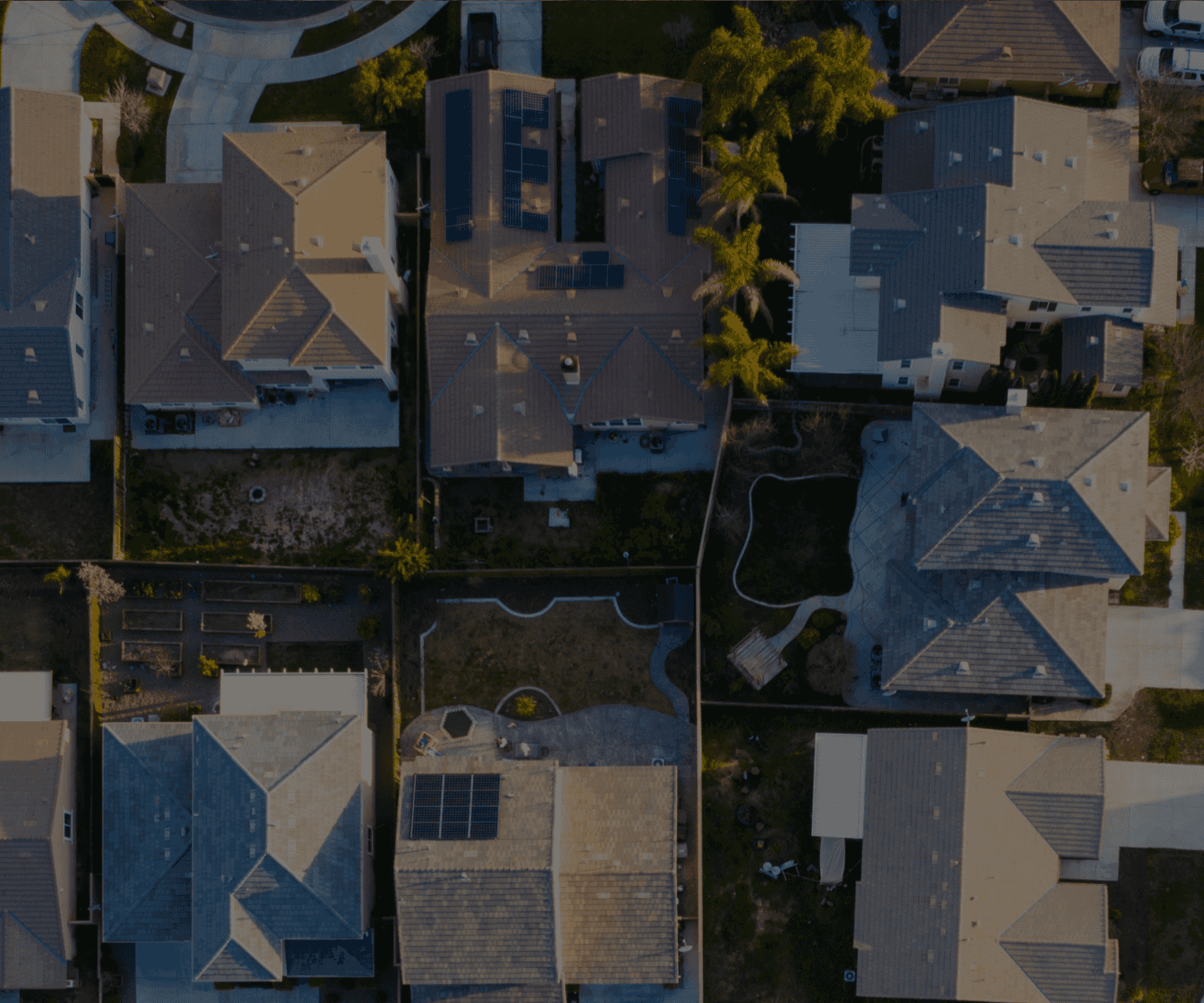Solar Panel Monitoring: Overview & Best Systems

After installing your solar panels, you need to monitor your system to know how well it’s working and ensure you’re saving as much money as possible on your electric bills. A solar monitoring system helps take care of that.
Solar monitoring systems are also important for keeping your solar array in tip-top shape. Solar power equipment rarely fails. But in the event of technical difficulties, your solar monitoring system will send an immediate alert, so you can address the problem.
In this article, learn more about solar panel monitoring: what it is, how it works and the best monitoring system brands available today.
What is Solar Panel Monitoring? How Does it Work?
Solar panel monitoring systems keep tabs on your system and its output. As a system owner, you’ll find that the monitoring system provides production data that you can access from any internet-connected device like a PC, laptop or mobile device.
Each solar monitoring system will work differently, but the objective is the same. Solar panel monitoring systems collect data and report that data back to a server. System owners can log into the monitoring platform online to see how much power their solar panels are producing. And depending on the system you have, you can also set up email or text alerts that ping you when PV system performance is not optimal.
How to Monitor Solar Panel Output
There are a few different ways to monitor your solar energy production with a solar monitoring system.
Built-In Inverter Monitoring Vs. Third Party Monitoring
Today, most solar power inverters have built-in monitoring systems.
Legacy solar products typically do not have monitoring capabilities, but if you have an older system, there are still ways you can monitor solar panel output. You can add a third-party monitoring system that typically uses current transformers (CTs) to measure the system production.
Total Solar Power Production Vs. Module-Level Monitoring
All solar monitor systems keep track of the total power production of your system. But depending on your solar installation, you may need module-level monitoring. Module-level monitoring allows you to see the production of individual solar panels.
In order to get module-level data, you need to have a microinverter or DC power optimizer system. A module-level monitor should be mounted under each solar panel to collect the data.
Solar Monitoring for Grid-tied Systems Vs Off Grid Systems
Regardless of whether you have a grid-tie or off-grid solar system, monitoring generally works the same. Most off-grid inverters on the market today have some level of monitoring capability. Additionally, many of today’s charge controllers can also report on solar production.
How Solar Panel Monitoring Systems Send Data
No matter which type of monitoring system you choose, you’ll need to connect it to the internet.
Sometimes data is streamed directly to an isolated PC, but it is far more common for the system to send data to an outside server, thus requiring an internet connection. Here are three options for making the connection:
Harwiring
A physical Cat5 cable connects the monitoring device to the internet router for your home or business. If your router happens to be close to your solar equipment, this could be an easy choice. But if your router is far away from your solar equipment, you might want to look into other methods.
Wifi
You can also connect your solar monitoring system through wifi, in the same way that you connect your cell phone or tablet to the internet. Completing setup through wifi is relatively easy. If there is little or no wifi signal at the location of your solar equipment, you may need to install a wifi range extender to broaden the signal reach. The downside of this connection method is that you’ll need to remember to re-connect the solar monitoring system if the wifi goes down, or if you change the name or password of your network.
Cellular Network
A third option is to use a cellular modem to connect the solar panel monitoring system to the internet. You need to purchase the cellular modem as a separate accessory, then add a supplemental cellular data plan. Solar monitor systems do not use much data, so adding another data line is relatively inexpensive compared to what you might be paying for another cell phone or tablet.
3 Best Solar Panel Monitoring Systems
Enphase Energy
Enphase microinverter systems include the Envoy system monitor. This solar energy monitoring system provides module-level assessments in 15-minute increments and sends system alerts if there is any sign of trouble.

GoodWe
GoodWe’s Smart Energy Management System (SEMS) is cost-free, accessible for multiple users, and easy to set up. Within the portal, you’ll able to access any pertinent information about your system from any device with an internet connection.

Sol-Ark
Sol-Ark systems, which are suitable for both off-grid or grid-tie applications and include backup power solutions, offer full system monitoring through the PowerView (PV Pro) platform. The internal solar charge controller provides solar production data while the inverter shares critical details, like battery state of charge. With Sol-Ark’s monitoring system you can adjust settings or troubleshoot your system from any device with an internet connection.

What to Look for in Solar Panel Monitoring Systems
When deciding how to monitor your solar panel output, you’ll want to look for these features in solar panel monitoring systems.
Email or Text Alerts
Learning about system failures through your electric bill isn’t ideal. By the time you see your bill, you may have lost a full month of solar power production. You should set up solar monitoring to alert you whenever your system is not performing well, so at the first sign of a problem, you can take care of it immediately to avoid losing power output.
Module-Level Monitoring
We recommend module-level monitoring if your system allows for it. If there is a problem with your solar panels, knowing exactly which solar panel has an issue can greatly reduce troubleshooting time and costs.
Consumption Monitoring
Many solar monitoring systems also offer power consumption monitoring, which is helpful for regulating your electricity usage. Often, new solar owners get so excited about their solar transition that they increase their electricity consumption. Consumption monitoring will help you dodge unexpectedly high electricity bills.
Real-Time Monitoring
Most monitoring systems report their data to the server every 10 or 15 minutes. In most circumstances, that is frequent enough for you to keep tabs on your system, and know how well your system is performing.
If you’re not sure which solar panel monitoring system is right for you, reach out to experts at GoGreenSolar — solar veterans who can provide you with the best monitoring recommendations. You can also shop GoGreenSolar’s extensive collection of solar panel kits, which come complete with monitoring systems.
GoGreenSolar is also here to help you with your DIY solar panel installation needs, offering technical support and guidance through your solar journey from end to end.






